SOOO you have a short do you? Blowing the fuse as fast as you can
poke a new one in the hole. Maybe you don't blow it till you start the
car or turn something on. Perfect, these are easy !!
When you go to a shop and watch the mechanic we put on a horse and
pony show just for you! We come trotting out with a tool like this that
costs 8 grand or so not counting updates...
The inductive lead will follow the amperage down the wire to where ever!
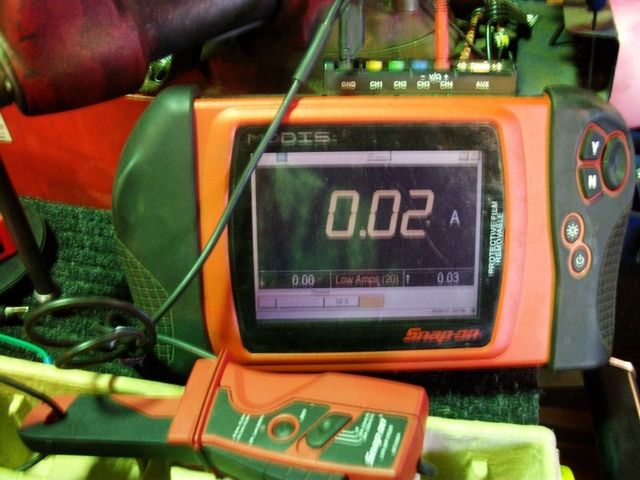
Now when you just leave the car we just get after it and get the job done!!
We use small cheap simple quick tools that anyone can by cheap at almost
any parts store, I just found these at oreily's.
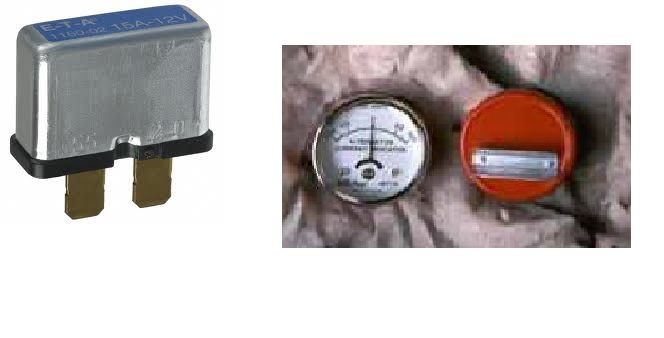
I didn't buy those because I already own several, plus 3 or 4 of the fancy stuff
I do not need any more. But lets put my tools to work, we can see how they work. Here is a real fuse box with a real short blowing that green 30 amp fuse laying there.
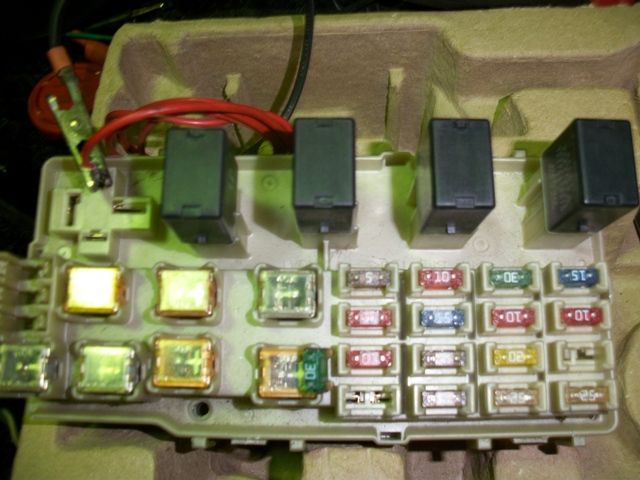
In this case the shop is noisy and I want to wiggle the wiring loom to see if I can find the short. So, here is a halogen headlight bulb with a couple wires
attached to plug into the fuse box. The short is still there so the light is very bright and I can see the glow of the light from any part of the car. I can shake and wiggle wires all I want without worry of melting wires in the car. When I find the bad spot the light will flash as I wiggle the bad spot. A car horn works for this too but you better be fast or your buddies will start throwing tools at you!
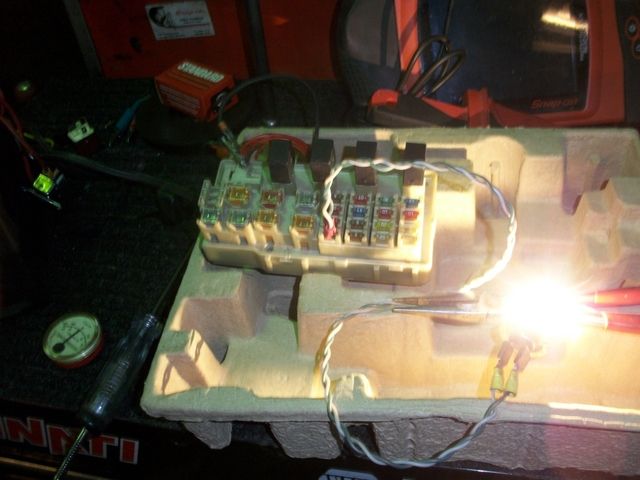
Lets suppose the short could be anywhere and you do not know even which direction to go. You can use the above method to energize the circuit and follow it but if you have to have the car running to blow the fuse then there could be power running around in good circuits too. What to do?? I prefer to use the following 15 amp circuit breaker for most circuits. I plug it in where the fuse was and it will start clicking. Each click sends a spike into the wire to identify it from other circuits in action. The first breaker is 6 or 7 bucks because I wanted an insulated one. One like the second photo is about 4 bucks, I stock it, one like the oreily's is also about 4 bucks. Any of these would work for our purposes.
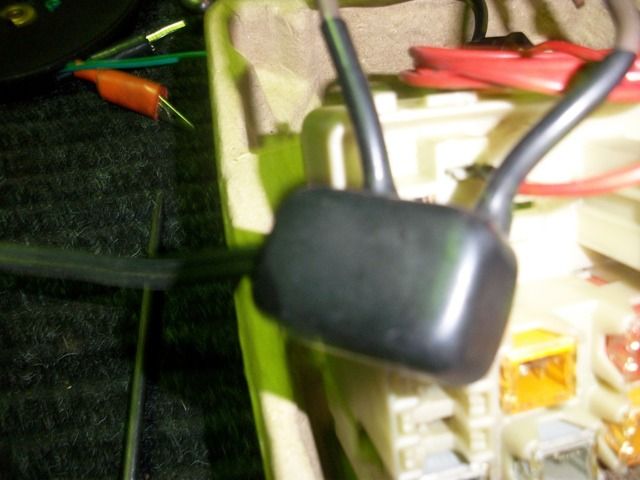
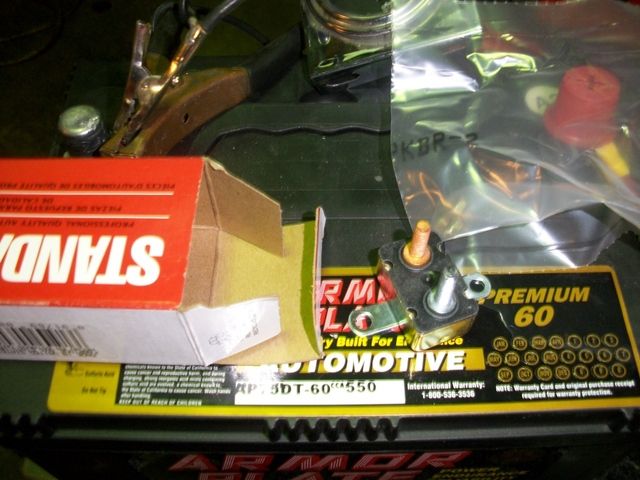
Now we need to follow that short, but first we will take a look at this inductive
amp meter that will walk us right in to the problem. Here is the front side, note that it has two scales, a high amp for starters and stereos and a low amp for headlights, horns and anything else.
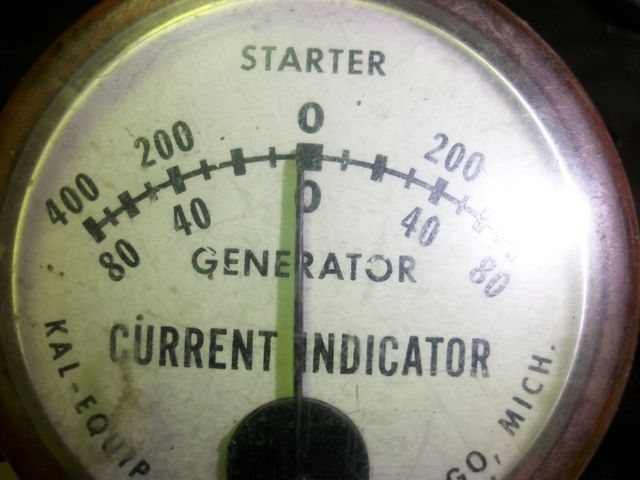
Here is a photo of the back side. This is the side we will hold up to the wire loom we suspect may have a short in it.

Here is a shot with both big and little sides loaded with suspect wire. We would never load both sides like this, this is just to show you where the wire has to be . The big yellow wire is showing the position that will use the 400 amp scale. A little wire there will still use the 400 amp scale.
The little green wire is in the position to use the 80 amp scale. A big wire is this position would still be on the 80 amp scale. My other meters similar to this one have different scales but still work the same so do not worry about trying to find this exact meter, they all work!!

Now a word of caution, if you are checking a circuit like the windings in a relay, the wires may go into the relay through the windings and back out .
You could have the two wires side by side like in the photo below. Because the short goes in and out in the same loom and the electrical flow is going in both directions it will cancel out if laid in place like the picture below. The wires must be separated in this case.
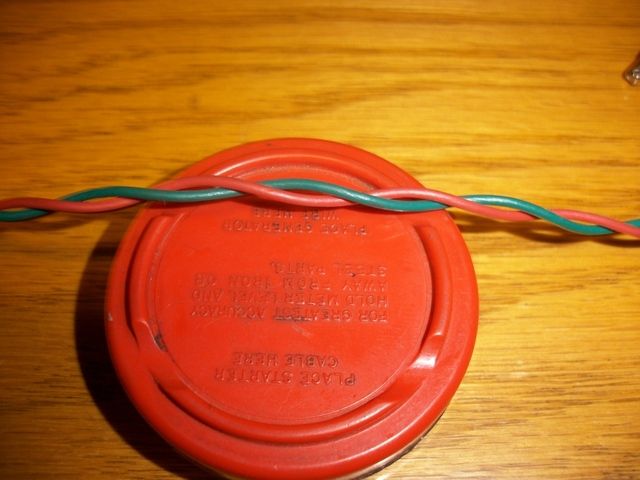
Okay, now back to testing. We have just put our circuit breaker in the blown fuse hole and it is clicking like crazy. We have a bad short! In the picture below the 12 volts is going to the right through the loom. We head farther down the loom.

Now we found a junction in the loom and the short has took it ! It is going to our left...yes, these trick little meters show us the direction to go, not just that it is there, pretty cool!! I love these things, makes it so easy!!
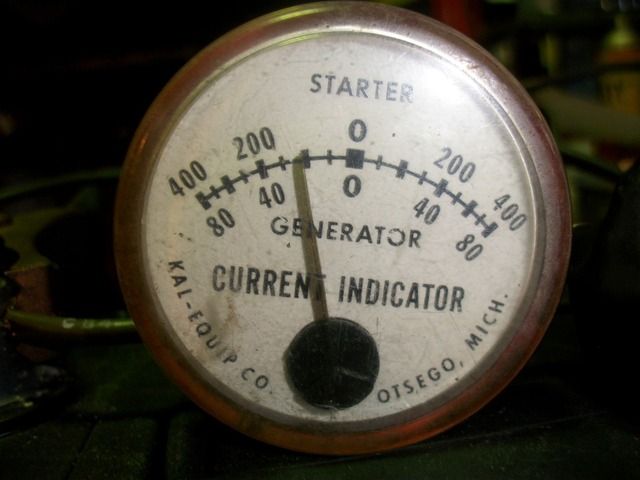
Getting close, the meter picks up good even if you are not right on the wire loom just pretty close, they are sensitive. To get the exact amps if that is important like say your alternator amps you do need to have contact with the wire in the proper spot as shown above. Here we not touching but getting a reading.

This little jewel starts new at about 15 bucks and can go higher. This one was an old snap on that I got used at a garage sale for really cheap. These tools make shorts and some other electrical problems so easy it is crazy and they cost way less than just one visit to your friendly local auto-electric specialists.
Trailer shorts..crazy simple!! Alt charging? How many amps? Which way from the fuse box? Battery drain? It is all easy, add one of these to your test light and your dvom meter soon!!
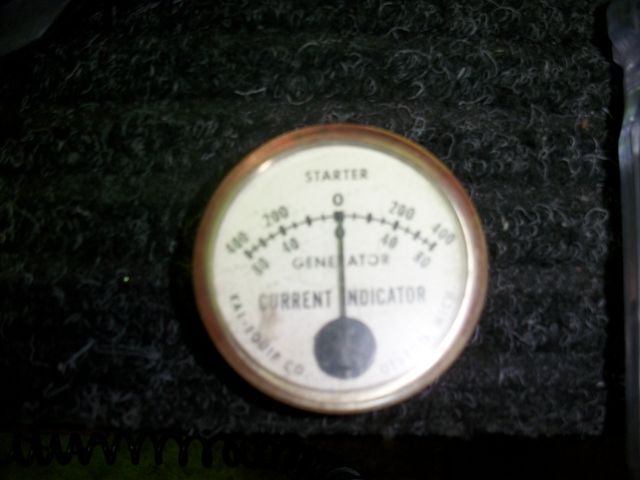
poke a new one in the hole. Maybe you don't blow it till you start the
car or turn something on. Perfect, these are easy !!

When you go to a shop and watch the mechanic we put on a horse and
pony show just for you! We come trotting out with a tool like this that
costs 8 grand or so not counting updates...
The inductive lead will follow the amperage down the wire to where ever!

Now when you just leave the car we just get after it and get the job done!!
We use small cheap simple quick tools that anyone can by cheap at almost
any parts store, I just found these at oreily's.

I didn't buy those because I already own several, plus 3 or 4 of the fancy stuff
I do not need any more. But lets put my tools to work, we can see how they work. Here is a real fuse box with a real short blowing that green 30 amp fuse laying there.

In this case the shop is noisy and I want to wiggle the wiring loom to see if I can find the short. So, here is a halogen headlight bulb with a couple wires
attached to plug into the fuse box. The short is still there so the light is very bright and I can see the glow of the light from any part of the car. I can shake and wiggle wires all I want without worry of melting wires in the car. When I find the bad spot the light will flash as I wiggle the bad spot. A car horn works for this too but you better be fast or your buddies will start throwing tools at you!


Lets suppose the short could be anywhere and you do not know even which direction to go. You can use the above method to energize the circuit and follow it but if you have to have the car running to blow the fuse then there could be power running around in good circuits too. What to do?? I prefer to use the following 15 amp circuit breaker for most circuits. I plug it in where the fuse was and it will start clicking. Each click sends a spike into the wire to identify it from other circuits in action. The first breaker is 6 or 7 bucks because I wanted an insulated one. One like the second photo is about 4 bucks, I stock it, one like the oreily's is also about 4 bucks. Any of these would work for our purposes.


Now we need to follow that short, but first we will take a look at this inductive
amp meter that will walk us right in to the problem. Here is the front side, note that it has two scales, a high amp for starters and stereos and a low amp for headlights, horns and anything else.

Here is a photo of the back side. This is the side we will hold up to the wire loom we suspect may have a short in it.

Here is a shot with both big and little sides loaded with suspect wire. We would never load both sides like this, this is just to show you where the wire has to be . The big yellow wire is showing the position that will use the 400 amp scale. A little wire there will still use the 400 amp scale.
The little green wire is in the position to use the 80 amp scale. A big wire is this position would still be on the 80 amp scale. My other meters similar to this one have different scales but still work the same so do not worry about trying to find this exact meter, they all work!!

Now a word of caution, if you are checking a circuit like the windings in a relay, the wires may go into the relay through the windings and back out .
You could have the two wires side by side like in the photo below. Because the short goes in and out in the same loom and the electrical flow is going in both directions it will cancel out if laid in place like the picture below. The wires must be separated in this case.

Okay, now back to testing. We have just put our circuit breaker in the blown fuse hole and it is clicking like crazy. We have a bad short! In the picture below the 12 volts is going to the right through the loom. We head farther down the loom.

Now we found a junction in the loom and the short has took it ! It is going to our left...yes, these trick little meters show us the direction to go, not just that it is there, pretty cool!! I love these things, makes it so easy!!

Getting close, the meter picks up good even if you are not right on the wire loom just pretty close, they are sensitive. To get the exact amps if that is important like say your alternator amps you do need to have contact with the wire in the proper spot as shown above. Here we not touching but getting a reading.

This little jewel starts new at about 15 bucks and can go higher. This one was an old snap on that I got used at a garage sale for really cheap. These tools make shorts and some other electrical problems so easy it is crazy and they cost way less than just one visit to your friendly local auto-electric specialists.
Trailer shorts..crazy simple!! Alt charging? How many amps? Which way from the fuse box? Battery drain? It is all easy, add one of these to your test light and your dvom meter soon!!










Comment